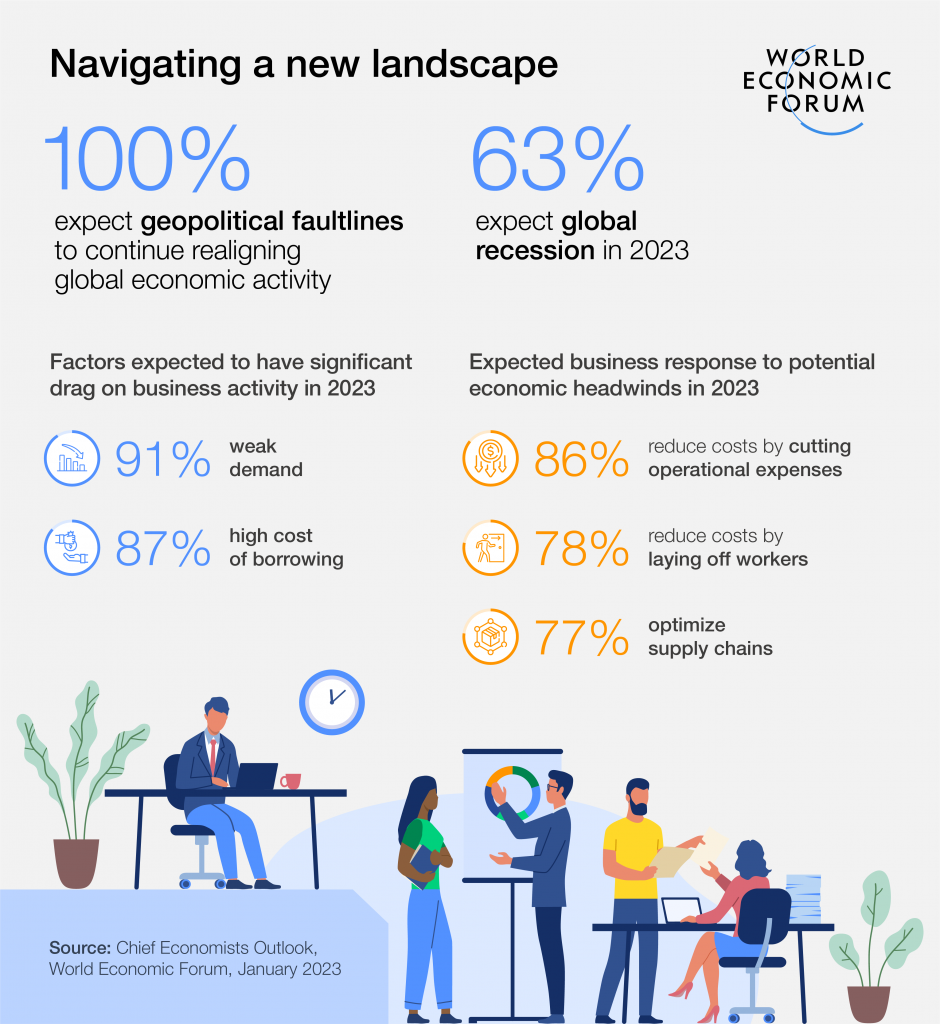I’ve been good friends with this guy since our graduate school. From the beginning, he exuded a contagious energy and determination, making him a fun person. There were several driving forces behind his ambitions, but one of the primary ones was his desire to make a lasting impact on the world. He aimed to be remembered long after he was gone. His chosen path to achieve this goal was establishing a business as soon as possible and developing it into a global powerhouse – the next big thing.

After graduating from university, he boldly decided to revive his grandfather’s once-thriving but closed manufacturing enterprise, throwing himself into the venture with unwavering determination. Despite experiencing some successes, the business struggled financially over a few years, ultimately forcing him to cease operations to minimise losses. The factors contributing to the business’s failure could have been multifaceted, ranging from his lack of professional expertise and unfamiliarity with small business management to sheer misfortune or an insufficient grasp of the intricacies of entrepreneurship.
In today’s competitive business world, many people who want to start their businesses wonder whether they should launch their ventures right away or get more education first. Getting a master’s degree in business, like an MBA or MSc, can give aspiring entrepreneurs a strong foundation and many benefits that can increase their chances of success.
Here are some important advantages of getting a master’s degree in business before starting a business:
(1) Comprehensive Business Knowledge

A master’s degree in business provides a thorough educational program covering various aspects of business management. It includes detailed studies of finance, marketing, operations, strategy, and human resources, offering a complete understanding of each area. This knowledge equips aspiring entrepreneurs with the expertise needed to understand and manage different parts of their business operations. For example, understanding financial statements and budgeting helps individuals make well-informed financial decisions. At the same time, a deep knowledge of marketing strategies empowers them to promote their products or services in the market effectively.
(2) Strategic Thinking and Innovation
Business education focuses on developing strategic thinking and promoting innovation, which are crucial for entrepreneurs to succeed. In strategy, innovation, and entrepreneurship courses, students learn to identify opportunities, create and implement solutions, and gain a competitive edge. This strategic mindset helps entrepreneurs analyse their business models, recognise risks and opportunities, and develop long-term plans for sustainable growth and success.
(3) Enhanced Leadership and Management Skills

To succeed in starting and running a business, you need strong leadership and management skills to lead a team and make strategic plans. A master’s program covers a wide range of courses and practical experiences designed to develop these crucial skills. Students learn about leadership theories, team dynamics, conflict resolution, and decision-making. These skills are critical for creating and running a successful business, helping entrepreneurs motivate their teams, manage resources effectively, and overcome challenges.
(4) Credibility and Confidence
A master’s degree in business administration can significantly improve an entrepreneur’s reputation and trustworthiness with potential investors, business partners, and customers. This advanced degree shows a strong commitment to ongoing education and a deep understanding of complex business concepts and strategies. Increased credibility can be valuable when seeking financial support or forming critical strategic partnerships. Additionally, the extensive knowledge and refined skills gained through a rigorous master’s program can greatly empower entrepreneurs, giving them the confidence and abilities to navigate the many challenges of starting and running a successful business.
(5) Personal Growth and Development

Earning a master’s degree in business involves more than just gaining technical knowledge. It also helps with personal growth and development. The academic environment is challenging and requires critical thinking, problem-solving, and effective communication. It also encourages collaborative learning and interactions with peers and faculty, which can broaden perspectives and improve interpersonal skills. This growth can greatly benefit entrepreneurs by providing them with the adaptability, resilience, and leadership skills needed to navigate the complexities of the business world.
(6) Networking Opportunities
Enrolling in a master’s program in business can help you build a solid professional network. Business schools bring together a diverse group of students, professors, and industry experts, creating many opportunities to connect with others. These connections can benefit aspiring entrepreneurs, offering chances to work together, find mentors, and access essential resources. Additionally, many business schools have active groups of former students who can provide ongoing support and open doors to various opportunities as you start your career.
(7) Global Perspective

In today’s interconnected world, businesses must have an international perspective to succeed. Many business master’s programs offer students opportunities to gain international experience through study abroad programs, international internships, and global consulting projects. These experiences allow students to immerse themselves in different cultures, understand various business practices, and grasp the complexities of different market dynamics, ultimately developing a broad global perspective. For entrepreneurs, this broad perspective is very valuable as it helps them identify and take advantage of international opportunities, understand the diverse needs of customers worldwide, and effectively navigate the complex nature of global markets.
(8) Exposure to Real-World Business Challenges
A master’s degree program in business usually gives students hands-on learning opportunities like internships in different industries, consulting projects with real clients, and in-depth case studies. These experiences let students work on real business situations, solve actual challenges, and gain practical insights into day-to-day business operations. By taking part in real projects and solving real business problems, students can understand business management deeply and gain valuable hands-on experience. This practical knowledge can then be directly applied to their entrepreneurial pursuits, significantly improving their chances of success in the business world.
(9) Long-Term Career Flexibility

Many people get a master’s degree in business to start their businesses. But it’s also essential to think about the long-term career benefits. If their companies don’t succeed, having a master’s degree gives them various skills and knowledge that can be used in different jobs and industries. This flexibility lets them switch to other careers if needed while still having valuable qualifications and expertise to rely on.
In short, getting a master’s degree in business before starting a business has many benefits that can significantly improve a person’s chances of success. These benefits include gaining a deep understanding of various business areas, improving advanced leadership skills, making valuable connections, and accessing critical resources. Additionally, personal growth, improved strategic thinking, and developing a global perspective from a master’s program can set a strong foundation for entrepreneurial success. While the decision to pursue higher education is personal, the compelling benefits mentioned above strongly support considering a master’s degree in business as an important step toward entrepreneurial achievement.

If you want to do an online degree programme, explore several specialised master’s/bachelor’s/PhD degree programmes that Robert Kennedy College offers through exclusive partnerships with top British universities. You could also get in touch with our team of Education Advisers on WhatsApp, who can have a look at your profile and give you some advice.
If you have already made up your mind, click here to apply.




































